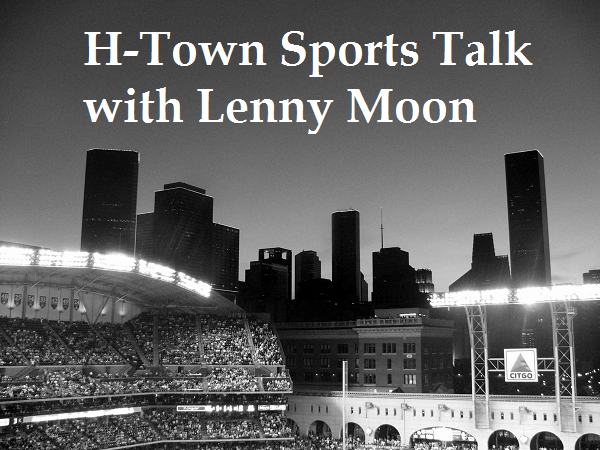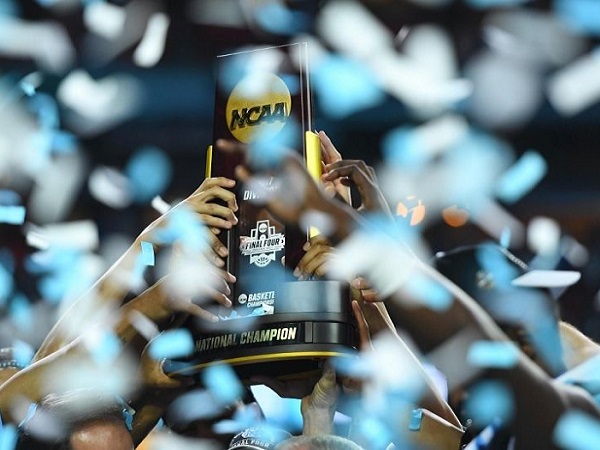Clubhouse as an application and community has been pursued as a popular activity and place of discussion possibly as much as non-fungible tokens (NFT) lately. Clubhouse is an invite-only phone application that allows people to join as listeners, speakers (if invited), or to host their own “rooms”. It is like a live conference platform.
Spotify is a phone, desktop, and television application that has recorded music, podcasts, and now live audio pursuant to the company’s purchase of Locker Room via Betty Labs. Spotify is a place where you can access millions of songs, podcasts, albums, and soon to be live audio rooms. Spotify, the Swedish-based company, took Napster’s ease of access to music and combined it with Pandora’s legal streaming capabilities. It is now purchasing podcasts and licensing music at a rate to make it the industry leader of content creation and distribution.
Clubhouse is like Netflix in that it does not allow advertising. Spotify however offers options to consumers to have ad-based or premium content without commercials. Spotify requires subscribers, while Clubhouse requires an invitation to become a member. Going forward, the question will become whether Clubhouse is simply a meeting place for live conversations, which is a good thing itself, or where monetization occurs in relationships through advertising or some fee that will be required to join.
Clubhouse is the likely response to the public’s increasing appetite for content. Studios cannot keep up. In fact, Netflix recently introduced gaps in the release of its television shows. The gap (e.g., weekly release of episodes for some shows) keeps subscribers on the platform, keeps engagement high, and the likelihood of return more likely. Maybe because of the past years delay in production across Hollywood and the industry, studios needed to find a way to delay the release of content. However, the long term issue is keeping up with the Joneses in terms of content. People are consistently watching and consuming more content and are finding new ways to find and listen to content.
In many ways, it is the idea of creating a content-binge environment. Whether that environment is healthy for one’s heart, mind, and soul is another question entirely, but it is an important question to consider. In terms of free speech, Clubhouse provides a platform for everyone to have a conversation with anyone, well those who can get an invite anyway. The beauty of Clubhouse and Spotify is that it provides an opportunity to consume content you want versus content that is pushed towards you. The applications can learn your interests through algorithms, likes and listens.
Clubhouse brings an air of exclusivity, but maybe that changes as it grows in users. “Metcalfe’s Law states that the value of a telecommunications network is proportional to the square of the number of connected users of the system.” Social networks like Clubhouse thrive on users (e.g., Metcalfe’s Law), but the current approach seems to push the idea of exclusivity to grow interest (like a long line to get seated at a restaurant). Spotify is a connected-app where a user can access their social media so followers to see what the user is listening to, but there is also the availability of crowd-sourcing information to share song lists. While not direct competitors, Clubhouse and Spotify provide a window into the future for content consumption, live and recorded.























